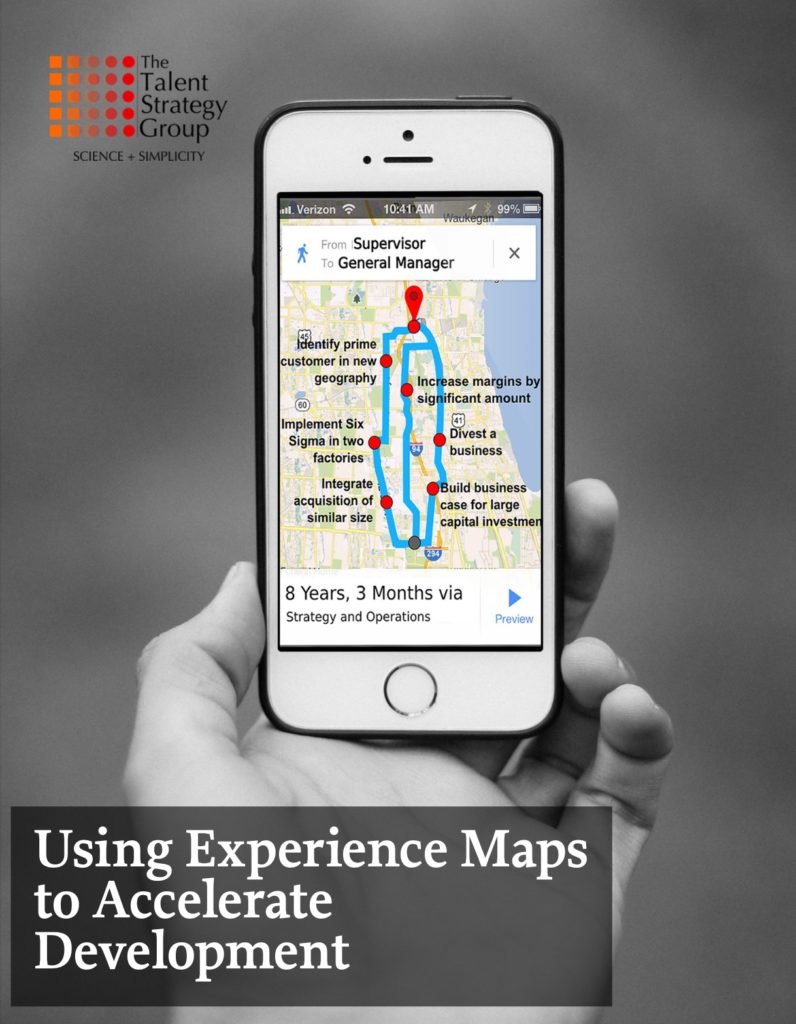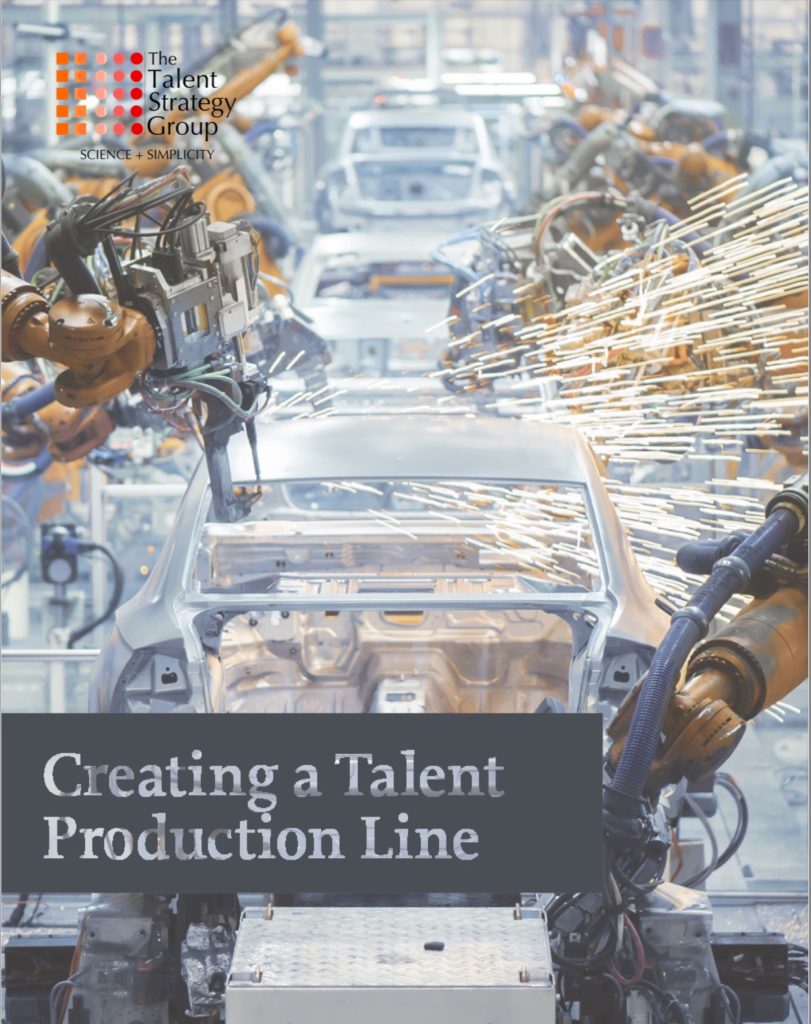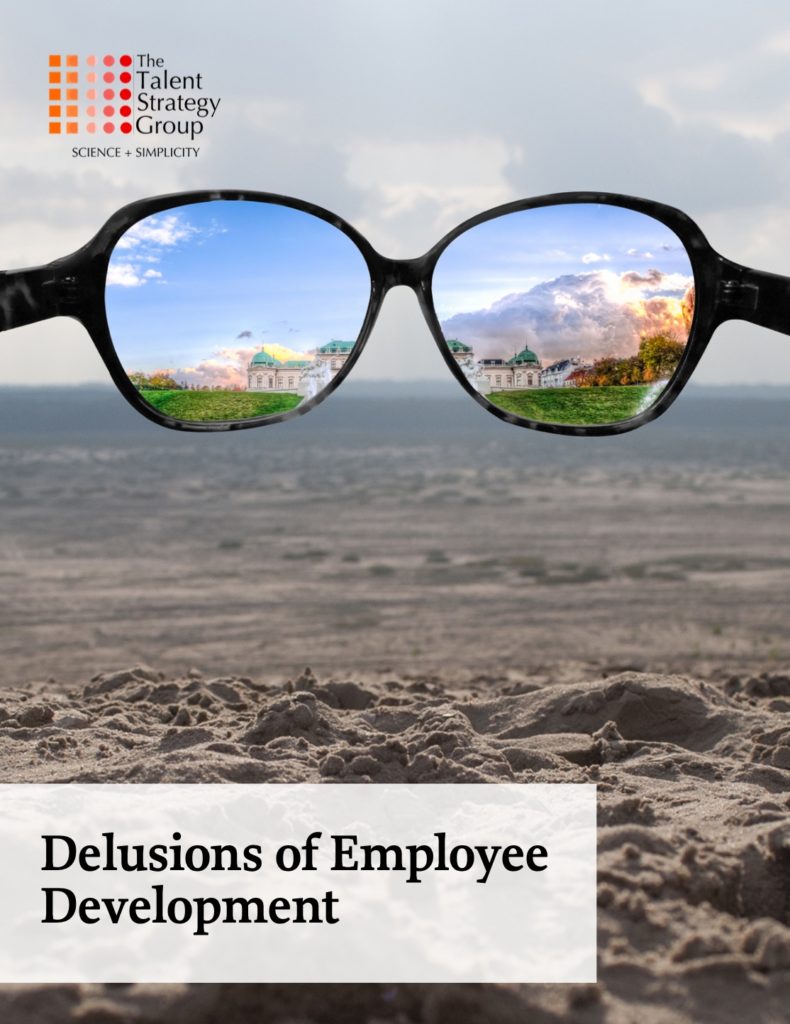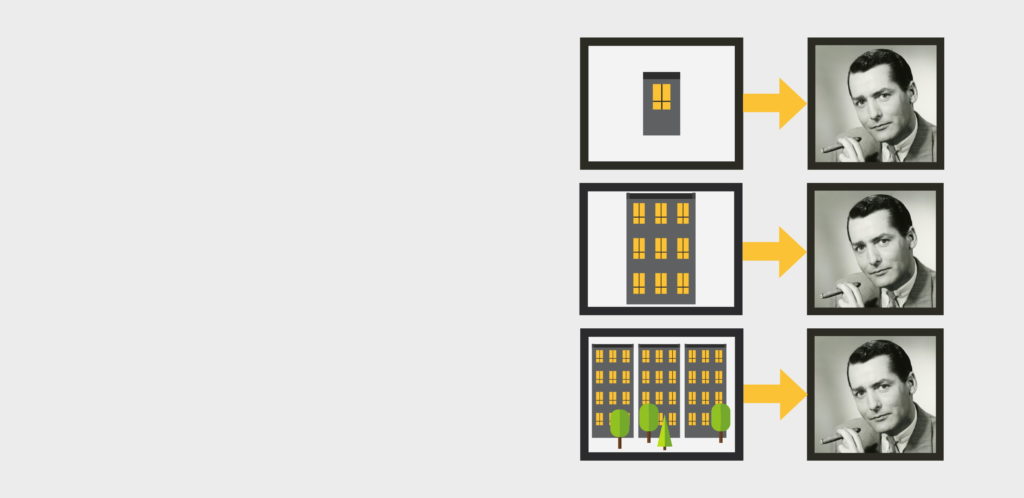Please enter your email in order to download this publication.
Optimize Your HR Operating Model
Two of our most popular articles have nothing to do with HR or talent processes but with how HR works with itself. “It’s Not the Bricks, It’s the Mortar” directs HR’s attention to how work really gets done in HR not on the boxes and lines of the organization chart. Our article “HR vs. HR” resonates with readers worldwide who recognize in their own HR organization the passive-aggressive COE – HRBP battles that undercut HR’s agenda.
Those articles are likely popular because a company’s HR operating model remains the least planned, least monitored and least understood element of HR. It’s typically thought of only when it’s time to restructure or when something in HR is so badly broken that it effects your clients or other parts of HR.
Perhaps for those reasons, we see more CHROs seeking guidance to help clarify their HR operating model. Their comments to us reflect a need for a level of detail and direction that goes beyond revamped organization charts and new technology. We hear:
- The consulting firm said it would work if we did it this way, but it doesn’t.
- I paid a lot for this technology so it should deliver more.
- Why can’t my HRLT figure out the details on their own?
- My ExCo said they would support this approach but they’re not doing it.
- I’m still not seeing the efficiencies that we used to determine our staffing model.
CHRO’s often define their HR operating model to include structure (typically an Ulrich variant), technology (largely Workday or SuccessFactors) and where macro processes sit (i.e. we pay people locally, we plan succession centrally). Those three elements provide high level guidance for how HR work should get done, but they miss the enormously more complicated question of what it takes to flawlessly execute HR.
The CHROs Five HR Operating Model Questions
Our definition of an HR operating model is how work gets done on a day-to-day basis to achieve your HR strategy. This requires a logical structure that flows from “what we do” to “how we’re organized to do it” to “exactly who does what.” We rarely find HR operating models that have been specified to that level of granularity, so they lack true operational guidance.
Without that level of admittedly painful detail, we are left expecting HR leaders to have a collective interest in, and the capability to, figure out how the pieces of HR should connect. What counts as a Tier 2 request to the service center? Can a country talent acquisition leader engage an executive search consultant not on the preferred corporate list? Who is supposed to help the regional executive with goal setting – their HRBP, the region talent leader, the COE leader?
In our client work, we’ve found the secret to a great HR operating model requires answering five questions and providing extraordinarily detailed responses to how HR work will get done.
1. What do we do and why do we do it?
Your HR operating model exists to ensure that HR delivers value to the organization. That requires clarity about the value you intend HR to add and how. In short, why does HR exist in your organization?
Your answer to that existential question requires a clear definition not a slogan. “Be a great place to work” might be an acceptable HR strategy plank, but it doesn’t clarify why HR is needed to make that happen or why that helps the business succeed.
Answer these questions, to start:
- Why does HR exist in your company? HR has no independent right to exist in your organization. Why, exactly, are you there?
- What specific value does HR deliver to the organization? A different question than the one above. How is the organization better because you are there?
- Who is your primary customer? The executive committee? Shareholders? Employees? Managers? You can’t and shouldn’t try to be all things to all people. Which group will you design HR to ultimately serve?
2. What are our guiding principles to operationalize HR?
What do you believe is the best way to organize and manage HR to achieve your purpose? Your answers comprise your HR operating philosophy or principles.
These principles provide guardrails and direction for questions 3 and 4 about how HR work will get done. With these in place, HR team members understand why work is designed and decisions are made the way they are.
Answer these questions, to start:
- What is your philosophy on how work is done? Push work to the lowest possible level? Provide high touch services? Have fewer, more senior team members or larger numbers of junior team members?
- What should be the balance of centralization vs. decentralization? What is the role HR in the corporate center? What is the role of geographic region HR? What is the role of HR in BUs or other business clusters?
- What type of work should be outsourced? Does administrative work go to outsiders? What about outsourcing transactional departments in their entirety?
- Who “owns” the client? Their HRBP? The CHRO?
3. What is the design of HR?
Structure follows strategy and this step assumes that HR strategy and guiding principles are in place. This question is answered by boxes, roles and the lines that connect them. It’s the technical expression of how HR operates.
We will ignore what may seem like the primary design question – what should be the macro structure of your HR group? Our prior analysis and consulting experience show that most organizations use a variant of the classic Ulrich model (HRBPs, COEs, Shared Services). Nearly every consulting firm model that purports to be new or different is simply an uncredited steal from Ulrich’s work.
The few HR organizations we know that use advanced designs, such as having a pool of assignable consulting resources, are led by deeply experienced CHROs who can successfully activate this far more complicated model.
Answer these questions, to start:
- What is the optimal span of control and number of layers? How many levels are desirable from the CHRO to the front-line HR employee?
- What is the role of the CHRO? Are they a manager or a player-coach?
- How many direct reports does the CHRO have? Does the structure allow them insights into the areas that drive the most value? If there are “span breaker” direct reports (i.e. region leaders vs. country leaders), is there good logic for this extra layer?
- Which activities are outsourced vs. insourced? Do these choices differentiate where HR can add value? Are there clear cost savings or value adds from these choices?
4. How will work get done?
The answers to this question determine if HR successfully achieves its mission. It’s the area where we find far too little specificity in most HR organizations. The correct answer to the question, “how will work get done?” is a detailed set of answers across every HR sub-process between every dyad.
A standard process like “Set goals in a region” provides a helpful example for the level of detail required. You should have answered for this process:
- Is the goal setting process determined centrally or locally?
- How much can a region change a corporate process if determined centrally? What is the process for requesting and determining that change?
- Who develops collateral materials about goal setting? If corporate/COE, what latitude does a region or BU have to create their own material?
- Who is responsible to write the announcement about goal setting?
- Who sends the announcement about goal setting?
- Who handles tier 1 – 3 level inquiries about goal setting?
- Who from HR can see goals in the system?
- Is there an HR review of goals and, if so, who reviews?
- If a region executive team member needs goal setting help, does the HRBP or local talent leader do this?
- Where are materials about goal setting stored? Who is responsible to update them?
- Who is responsible to ensure leaders are capable of setting high quality goals?
- Who is accountable to monitor goal quality and process completion and how do they do it?
These are just a few of the many questions that should be answered about the actual execution of this sub-process.
It may seem silly to design at this level of detail. After all, you pay your HRLT members handsomely to work together to answer questions like these.
Assuming this will happen successfully on its own assumes there are no battles in your HRLT about turf, power or control. It assumes that your HRLT members are each selfless and have no egos. It assumes your HRLT members all have the same incentives that drive their behavior.
In most companies, these are incorrect assumptions. Most HRLT members will behave according to their roles which are naturally in conflict across HRBPs, COEs and Shared Services. We shouldn’t assume they will independently address these detailed questions. You need to have a design process that identifies and answers each one.
Answer these questions, to start:
- How – exactly – do interfaces work between COE, HRBPs and Shared Services for every process? Who does what at a granular process level in each? Map this in exquisite detail for every Talent Acquisition, DE&I, Talent Management and Compensation process
- What are the primary roles of HRBPs, COEs and Shared Services? At a macro level, what is their responsibility? You can also answer this question in #2 above.
- How does HR make decisions? Do key decisions need to be unanimous? Can members opt-out of a decision if they believe their region or BU should do something different?
5. How will we know if we’re successfully executing the HR Operating Model?
You’ve selected and designed an HR operating model because you believe it will deliver superior outcomes. What are those outcomes and how are you measuring them?
You identified your primary customer in Step #1. What did you promise to deliver to that customer? We find the simplest measure is a short, annual survey of the items you promised (i.e. less bureaucracy in HR, better quality HR guidance to leaders, improved talent depth in key roles).
If you’re trying to measure progress, you can use a basic 5-point scale where 3 is no change, 1 is significant negative change and 5 is significant positive change since the last measure. If you want to measure satisfaction, a typical “very” to “not very” satisfied scale works well, with the results compared to the previous time period to measure progress.
Qualitative data can provide additional insights to the model’s effectiveness. You may want to conduct (or have an independent party conduct) “voice of the customer” interviews with your primary customer base.
Answer these questions, to start:
- What operating metrics do you need to monitor? The purpose for which you designed your model should provide clear guidance for what to measure.
- How often will you formally measure the effectiveness of your HR operating model? Most CHROs are actively listening throughout the year, but you also need to set a specific time to formally gather insights.
- Are HRLT rewards tied to operating model measures? The HRLT should be collectively accountable for the success of the HR operating model. Consider tying a portion of their annual evaluation to the achievements on your HR operating model metrics.
We acknowledge that creating your HR Operating Model takes time, focus and energy from your HR team. We’ve provided a downloadable example that will help you see the types of answers we would provide to each question. Keep in mind that Question 4 is where the most work and the largest payoff lie.
As an HR professional, you’ve worked hard to master your craft. But your true power comes when your HR team delivers more than just the sum of its individual parts. A purpose-driven, explicit HR Operating Model allows your team to collectively show the value that world-class HR creates.




